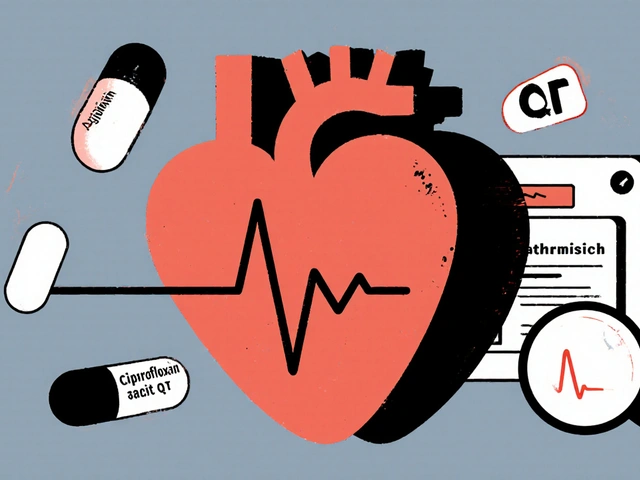EPA Supplement Guide: What It Is and Why It Matters
If you’ve seen EPA listed on a bottle of fish oil, you’ve probably wondered what makes it special. EPA stands for eicosapentaenoic acid, an omega‑3 fatty acid that lives in cold‑water fish like salmon, mackerel, and sardines. Unlike its cousin DHA, EPA is known for calming inflammation and supporting heart health.
Most people get EPA from food, but a supplement can help when meals don’t provide enough. That’s why it’s a popular addition for folks who want to protect their heart, keep joints comfortable, or boost brain function. Below we break down the basics so you can decide if EPA is right for you.
Key Benefits of EPA
Heart support: EPA helps lower triglycerides, a type of fat that can clog arteries. It also reduces the formation of blood clots, which lowers the risk of heart attacks and strokes.
Inflammation control: Because EPA turns into anti‑inflammatory compounds, it can ease joint soreness and may help with conditions like rheumatoid arthritis.
Mood and brain health: Some studies link higher EPA levels to better mood stability and less depressive symptoms. It’s not a cure, but it can be a useful part of an overall mental‑wellness plan.
How Much EPA Should You Take?
There’s no one‑size‑fits‑all dose, but most experts suggest 500 mg to 1 g of EPA per day for general health. If you’re targeting high triglycerides, doctors often recommend 2‑4 g daily, split into two doses with meals.
Check the label of your supplement – many fish‑oil capsules combine EPA with DHA. If you want a higher EPA ratio, look for products that list a greater EPA amount or pure EPA oil.
Start low, especially if you’re new to omega‑3s. A 250‑mg dose for a week, then step up if you tolerate it well, makes side effects less likely.
Safety and Side Effects
EPA is safe for most adults when taken as directed. The most common complaints are mild stomach upset, fishy aftertaste, or loose stools. Taking the capsule with food can cut down on these issues.
If you’re on blood‑thinners like warfarin, talk to your doctor before adding EPA. The extra anti‑clotting effect can raise bleeding risk.
Pregnant or nursing women should stick to the recommended daily amount (about 300 mg EPA) unless a clinician advises otherwise.
One more tip: watch for low‑quality products that might contain heavy metals or oxidized oils. Choose brands that have third‑party testing, and store capsules in a cool, dark place to keep them fresh.
Who Might Skip EPA
If you have a known fish allergy, EPA isn’t the best choice. Plant‑based omega‑3s like algae oil provide DHA but little EPA, so they won’t give the same benefits.
People with severe gallbladder issues sometimes experience discomfort with high‑fat supplements. In those cases, a lower dose or a different form (like ethyl ester) might be easier on the stomach.
Remember, EPA isn’t a miracle cure. It works best when paired with a balanced diet, regular exercise, and routine medical care.
Bottom line: EPA can be a smart, low‑risk addition to support heart, joints, and mood. Start with a modest dose, pick a reputable brand, and check with your doctor if you have any health concerns. Your body will tell you if it’s a good fit, and you’ll have a clear roadmap for using EPA safely.


